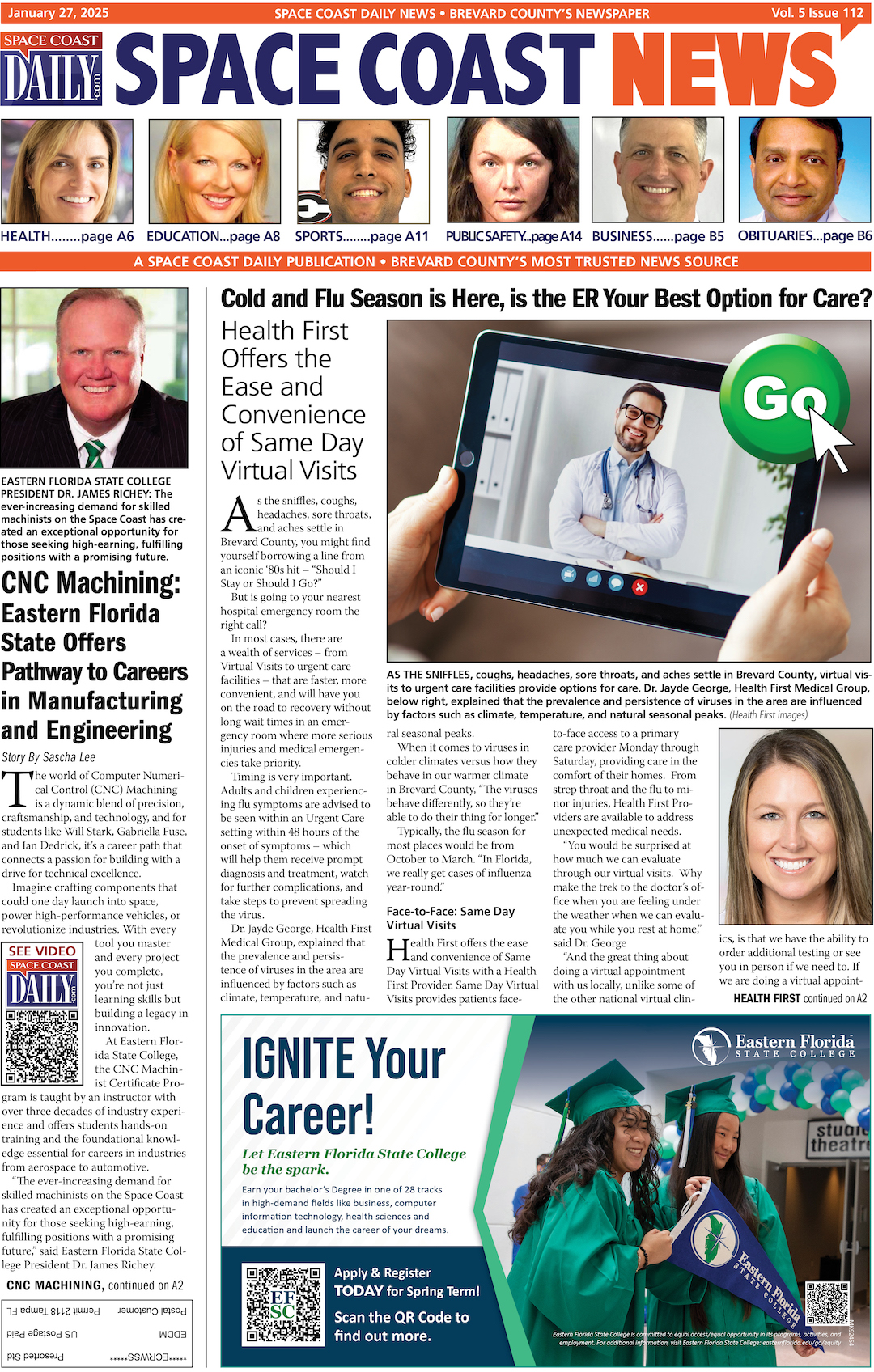Future Trends In AI Image Extending Technology
By Space Coast Daily // February 26, 2024

The world of technology evolves, so creativity and innovation become inseparable. This tendency is especially noticeable in photography and image editing. In part, artificial intelligence transforms and expands digital images beyond their original limits.
Knowing how to expand photos with AI helps solve an age-old problem of unwanted cropping and limited composition. The advent of artificial intelligence has drastically transformed the way we deal with digital media, not only restoring the visual content but reimagining it. When photographers use AI to complete an image, the algorithms understand the context of the visual content. They seamlessly generate the missing parts without sacrificing the original essence.
This article explains how artificial intelligence works for image extension. We explore the benefits of this technology, its impact on the creative industry, and the way it can redefine the landscape of digital imagery for future generations.
The Generative AI Trends
Hyper-Realism
Artists and designers can now create complex scenes and visuals that are impossible to distinguish from real-world shots. Technologies blurred the line between artificial and authentic imagery. They enabled artists to produce hyper-realistic images from scratch or expand existing ones with astonishing detail. It pushed the boundaries of creative expression but caused serious ethical concerns.
Personalization
Using an AI photo extender, you can tailor visual content to individual preferences or specific themes. There is an opportunity to transform generic images into personalized masterpieces. This trend is particularly relevant in marketing and social media. Customized visuals significantly enhance engagement and connection with the audience.
Integration with Existing Tools
Integrating AI-based image extension tools into traditional photo editing software can significantly improve the editing experience. Users can leverage the strengths of AI within the familiar interfaces of their preferred editing platforms. It streamlines the creative process. Advanced image manipulation becomes accessible to a wider audience.
Real-Time Image Expansion
This trend is a game-changer for video game development and virtual reality industries. It develops environments and backgrounds, creating immersive experiences that adapt and evolve based on user interaction. Virtual worlds become more detailed and lifelike; digital and physical realities overlap.
Ethical and Creative AI Use
Guidelines and practices are developed to ensure that AI is used responsibly. It is necessary to avoid creating harmful and misleading content. Efforts are made to ensure that AI respects copyright laws and intellectual property rights. At the same time, people are encouraged to use technologies for artistic and innovative purposes, highlighting their positive impact on society.
Environmental and Historical Preservation
Artificial intelligence can reconstruct damaged or lost parts of important landmarks or natural landscapes. These reconstructions serve to create visual archives for educational and conservation purposes. AI safeguards our heritage and raises awareness of the importance of preservation efforts.
The Future of Generative AI
Accessibility
Making technologies more accessible means developing more intuitive interfaces and simplified workflows. People with minimal technical expertise should also be able to harness artificial intelligence’s capabilities. It will let us anticipate a surge in creative output from different users, further enriching the digital content landscape.
Augmented Reality (AR) and Virtual Reality (VR)
As stated above, artificial intelligence has already entered the virtual reality industry. In the future, its impact will grow far beyond gaming and entertainment. There is a possibility to redefine such spheres as education, design, and remote collaboration.
Creativity and Co-Creation
Cyber brains have the potential to become more than just helpful tools. They can be our creative partners. A machine can suggest creative directions, generate ideas, and even predict user preferences. This co-creation could lead to unprecedented forms of art, design, and storytelling.
Sustainability
Future solutions will likely focus on reducing the environmental impact associated with training and running AI models. This approach could involve more efficient algorithms, using renewable energy sources, and developing systems that can optimize their own energy consumption.
Education
Advanced tools can serve as educational aids, helping students and professionals alike to learn about art, design, and technology in interactive and engaging ways. There is a potential to inspire a new generation of artists, designers, and innovators equipped with the knowledge to navigate and shape the digital future.
Conclusion
The ability to expand photos with AI has revolutionized how we approach image editing, providing solutions to challenges that have long hindered creative expression. By understanding and leveraging this technology, users can transcend traditional boundaries, bringing to life images that were once confined to the imagination.
The trends in generative AI highlight not only the advancements in hyper-realism, personalization, and real-time expansion but also highlight the importance of ethical considerations and the potential for cyber brains to contribute positively to society.
From enhancing accessibility to merging with augmented and virtual realities, the lines between digital and physical worlds will continue to blur. Technologies will enrich our experiences and open up new realms of creativity.
This journey into the future of AI image-extending technology goes beyond embracing technological progress. It is about the stories we can tell, the experiences we can create, and the legacy we can leave for future generations.












